Your vehicle's MOT (Ministry of Transport) test is a mandatory annual check to ensure it meets the safety and environmental standards necessary for roadworthiness.
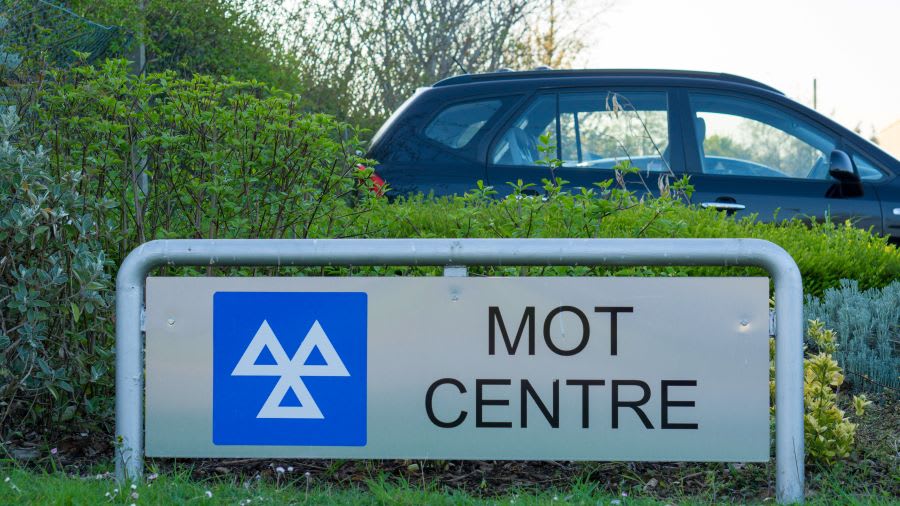
However, there are times when even a well-maintained vehicle can face the dreaded MOT rejection. Understanding the reasons behind these refusals is the first step towards keeping your car, van, or motorcycle on the road - and ensuring your safety.
From dirty vehicles to unpaid test fees, here we explore the range of issues that can lead to MOT rejection.
We uncovered the data thanks to a Freedom of Information (FOI) request to the Driver and Vehicle Standards Agency (DVSA). Our stats cover a half-year period spanning between January and the end of May this year.
And if you're currently driving a vehicle that's as filthy inside as it is on the outside, or if you've not kept on top of the maintenance, the results will be sure to make you sit up and take notice.
Main Reasons MOTs Were Refused in 2023
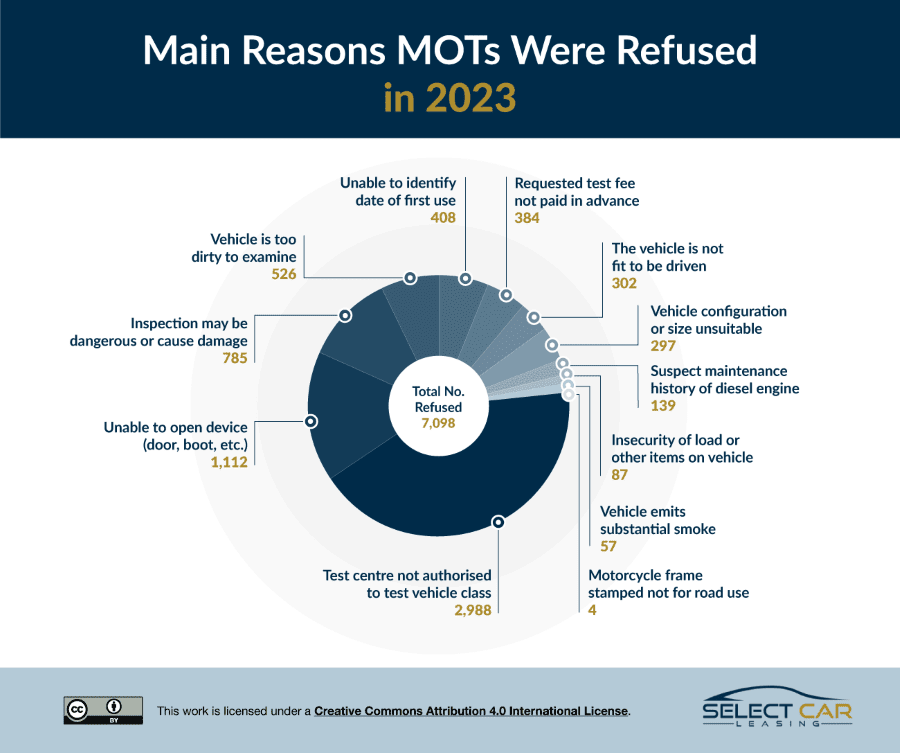
The main reason for an MOT to be refused is due to the test centre not being authorised to test the vehicle, with 2,988 refused tests refused so far this year.
In order to drive on a public road every vehicle registered in the UK, and more than 3 years old, must have an MOT. There are seven types of MOT ‘classes’, running from small motorcycles to goods vehicles weighing up to 3,500kg. But not all test centres can test large minibuses or ambulances, for example. Some can't test motorbikes.
The second most popular reason for an MOT to get refused, with 1,112 refusals in the first half of this year, is that the tester was unable to open a part of the vehicle which should be easy to open, this includes; doors, fuel caps, engine covers and boots.
The third most popular reason for an MOT to be refused, with 785 refusals, is because the tester believes inspecting the vehicle may cause damage to the vehicle or be dangerous for the person doing the test.
Other interesting reasons for MOTs to be refused include the vehicle being too dirty to examine, with a staggering 526 tests refused so far this year alone.
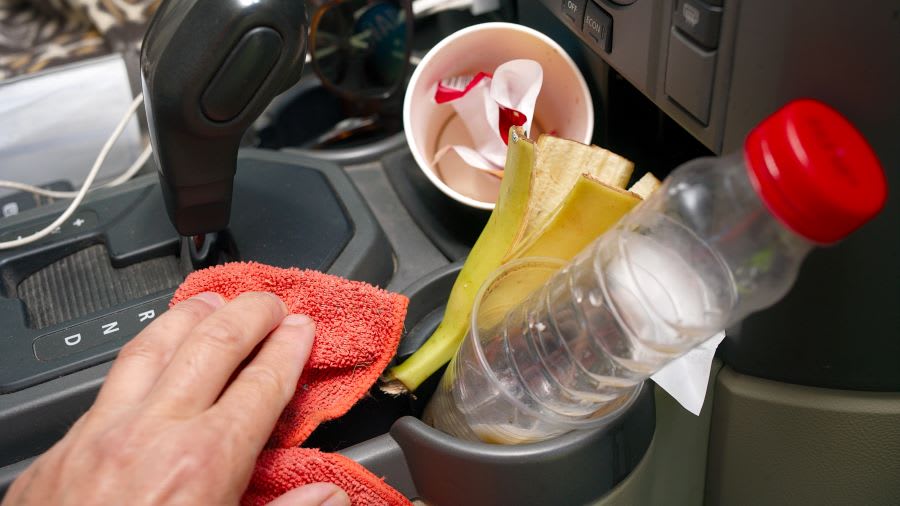
There were also 384 tests refused because the vehicle testing station (VTS) requested that the MOT fee was not paid in advance, upon booking, and this wasn’t actually done.
Reasons Your Vehicle Could be Refused an MOT

There is a list of twelve reasons why a vehicle tester can REFUSE to conduct an MOT.
These are provided by the government and testers must give the reason for refusing to test the vehicle. Below we’ve provided the reason and a small explanation of what it means:
• Test centre not authorised to test vehicle class: As explained above, there are seven classes of MOT, based on the size of the vehicle being tested. And not all MOT test centres can accommodate all classes. Be sure to check when you make a booking.
• Unable to open device (door, boot, etc.): This refers to any part of the vehicle designed to be easily opened, including the fuel cap, engine cover, boot lid and tailgate.
• Inspection may be dangerous or cause damage: The tester believes that the condition of the vehicle may lead to damage to the vehicle or property, or injury to the person.
• Vehicle is too dirty to examine: This one is pretty self-explanatory, but it also refers to a specific part of the vehicle or equipment on the vehicle. The car, or part, must be ‘so dirty that examination is unreasonably difficult’.
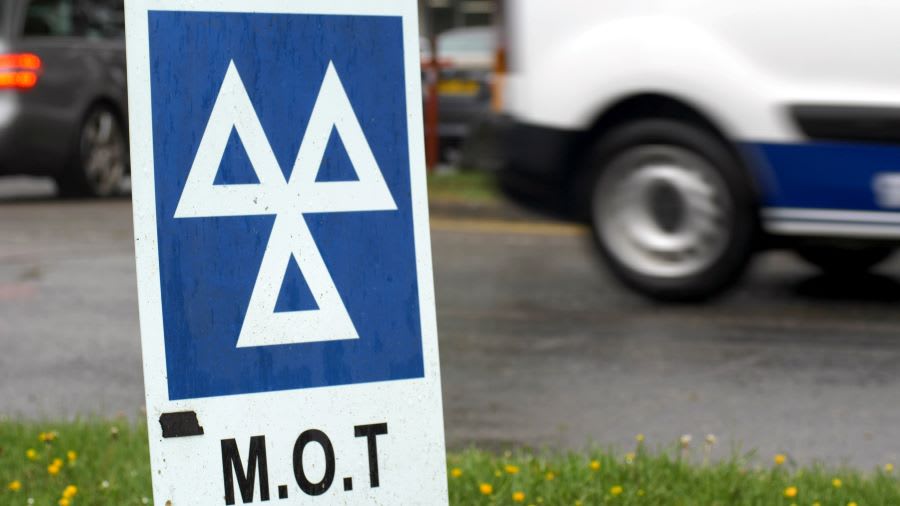
• Unable to identify date of first use: This is usually only required if the vehicle has a ‘cherished’ number plate – ie, a dateless plate dating back to pre-1963 - and it’s not clear what standard needs to be applied – for example, regarding seat-belt requirements. If you a classic car that was originally manufactured without seat belts, then there’s no legal requirement to have seat belts fitted.
• Requested test fee not paid in advance: Some test centres require a fee to be paid in advance and can refuse to test your vehicle if you fail to pay it.
• The vehicle is not fit to be driven: This can be due to a lack of fuel or oil, or for any other reason which affects how a vehicle is driven.
• Vehicle configuration or size unsuitable: If the vehicle is of a size, weight or configuration that it cannot be properly or safely tested on the approved facilities.
• Suspect maintenance history of diesel engine: When a car is put through its MOT, the engine needs to be revved hard so that the tester can check for emissions and general road worthiness. With a diesel engine, the car is often revved right to the redline limit. But if the tester suspects that your car hasn’t been well maintained, he or she will be reluctant to put it through the test in the first place, in case the testing process actually obliterates the engine. As well as evidence of service history, a tester might also ask for proof that the timing belt has been changed on time.
• Insecurity of load or other items on vehicle: The vehicle has a large or insecure load on it preventing the test from being carried out properly unless the load is removed.
• Vehicle emits substantial smoke: This is where the level of smoke emitted is avoidable.
• Motorcycle frame stamped not for road use: The purpose of an MOT is to make sure a vehicle is fit for road use, so they can refuse to test a vehicle that’s not actually designed to be used on the roads at all.
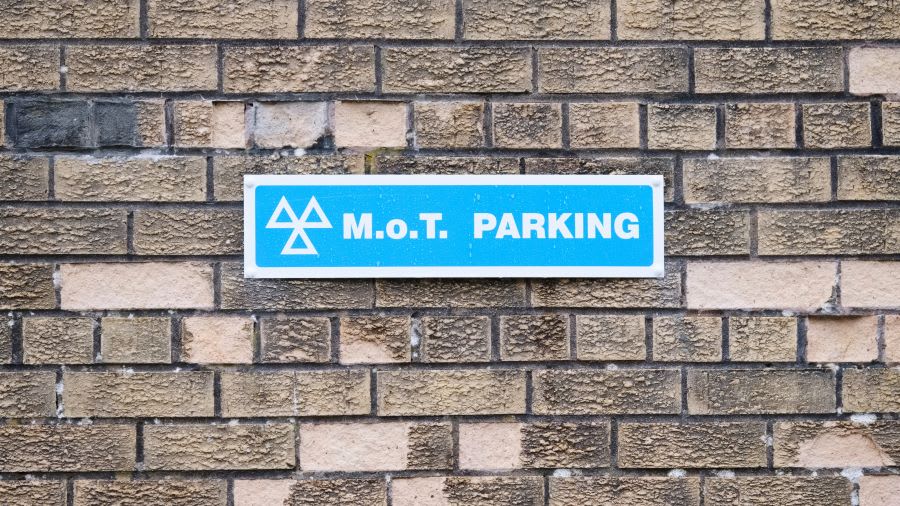
Conclusion
Surprisingly, we've discovered that the most frequent reason for an MOT refusal isn't actually related to the condition of the vehicle, but rather the test centre itself. The authorisation of the testing facility plays a pivotal role in determining the fate of your MOT certificate.
BUT there are many things that vehicle owners can do to make sure an MOT isn't refused before it has even had a chance to be tested. Make sure it's clean, both inside out, and you need to completely declutter the interior before handing it over to your expert tester.
Keeping on top of the maintenance and servicing of your vehicle is also paramount, because if a test presents a danger to the tester - or to the vehicle itself - that's grounds enough for refusal.
You should also remember that vehicles only require an MOT when they reach three years of age. That means that for many customers who lease a brand new vehicle over a two or three-year period, they never need to present the vehicle for an MOT at all.
Enjoyed this? Read our latest news
- Lotus reveals electric Emeya ‘hyper GT
- Sixty years of the Aston Martin DB5
- Electric Peugeot E-3008 makes debut
- Strictly stars and their cars!
- Volkswagen teases ID.X Performance ‘sports limousine
Where To Next?
For all the latest reviews, advice and new car deals, sign up to our newsletter.
Looking for a great leasing deal? Check out our incredible range of special offers.
Read our latest reviews and find the right model for you.
Want to know more about leasing? Take a look at our comprehensive leasing guides.
Interested in everything motoring? Why not catch up on all the latest car leasing news.

















